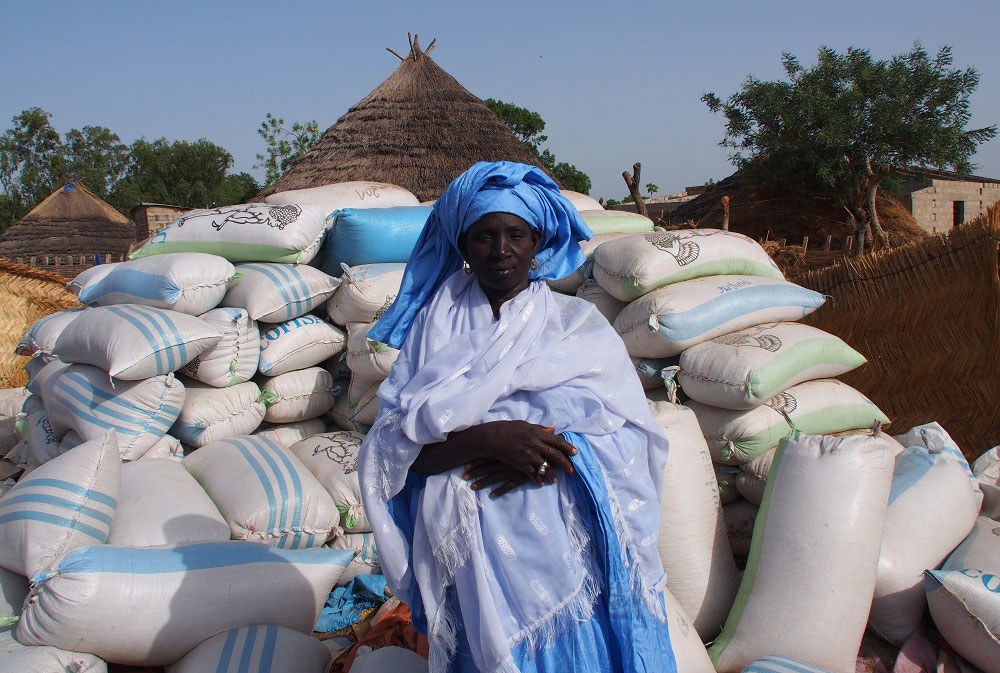
Reduced poverty
Rice farming is associated with poverty in many areas. About 900 million of the world’s poor depend on rice as producers or consumers. Of these 900, an approximate 400 million poor and undernourished people are engaged in growing rice.
One of the achievements of the first phase of RICE is the development of new technologies that has been adopted by 30 million poor farm households across Asia, Africa, and Latin America. This resulted in increased income from 100 to 500 USD per annum. By 2022, RICE aims to help millions of rice consumers and producers to exit poverty.
Related stories
Growing hope with Green Super Rice
More than two years after Typhoon Haiyan devastated the island of Leyte in the Philippines, the survivors, especially the farmers, are still struggling to rebuild their lives. Green Super Rice (GSR) is giving them a fighting chance.
From crop production to market: Improving the livelihood of Pakistan’s basmati rice farmers
A program for improving Pakistan’s basmati rice for the export market is a shining example of how the private and public sectors can work together to make a difference.
Senegal’s quiet rice revolution
Rice farmers in Anambé valley in Kolda region, Senegal, have discovered that seed production can be a lucrative business. Within two years they have been able to buy tractors and build new houses for their families with the cash from selling seed of upland rice.
The Learning Alliance: A coalition for change
The Learning Alliance (LA) is a way for actors in a rice value chain to work together and encourage cooperation to increase adoption of technologies, facilitate stronger partnerships, and use resources sustainably.
Green Revolutions 2.0 & 3.0: No farmer left behind
Green Revolutions GR2.0 and GR3.0 will benefit the poorest of the poor who, for various reasons, did not reap rewards of the first one.
Adding value to Africa’s rice
The project on food security in Africa with a focus on rice postharvest handling and marketing aims to develop new rice-based products, explore innovative uses of husks and straw, improve the policy environment, and build the capacity of rice stakeholders.
2022 Targets
In reducing poverty, RICE aims to:
- Help at least 13 million rice consumers and producers, half of them female, to exit poverty by 2022, and another 5 million by 2030.
- Improve the annual genetic gain in rice (as measured in breeders’ trials) to at least 1.3% by 2022, rising to 1.7% by 2030.
- Help increase annual global (milled) rice production of 479 million tons in 2014 to at least 536 million tons by 2022 and to 544 million tons by 2030.









